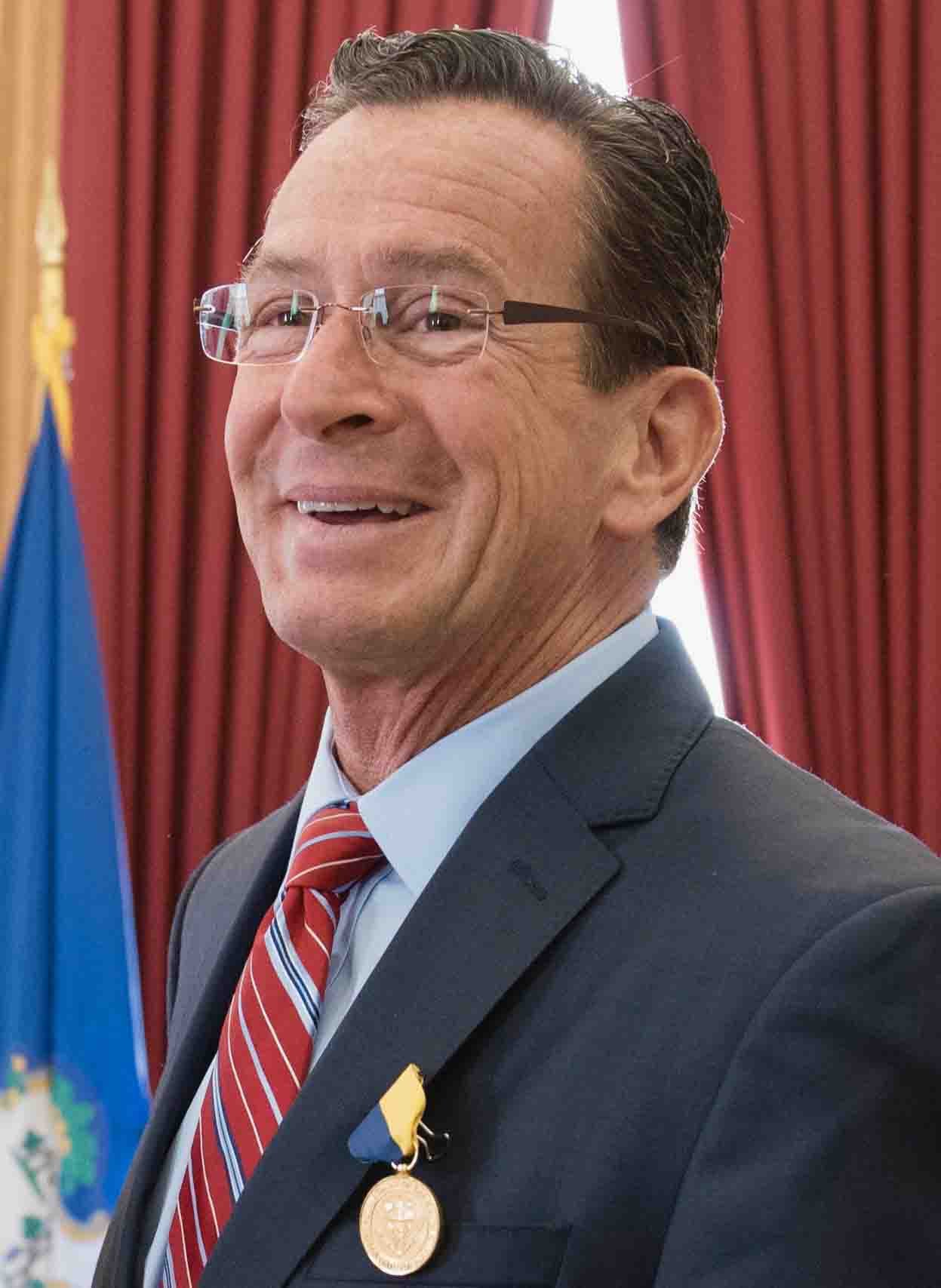
Wikimedia Commons
Ending youth homelessness in Connecticut by 2020 might seem like a lot to ask, but outgoing Gov. Dannel Malloy is hoping that a $6.5 million grant to organizations around the state will make a difference.
The grants, which were awarded to Connecticut through U.S. Department of Housing and Urban Development’s new Youth Homelessness Demonstration Program, will go towards youth housing organizations in local areas around the Nutmeg state, including major cities like Hartford and New Haven. The Elm City youth homelessness nonprofit Youth Continuum will receive funds for youth navigator programs, crisis housing programs and rapid rehousing. This is the largest grant to be awarded to any state as part of the Youth Homelessness Demonstration Program to date.
“We continue to challenge ourselves each and every day with an aggressive agenda that is focused on bringing about an end to homelessness,” Malloy said in a press release on Nov. 16. “We’ve effectively ended veteran homelessness, we’ve matched all chronically homeless individuals to housing, we’re mobilizing to end family homelessness, and we are also on a path to reach our goal of ending youth homelessness by 2020.”
According to Paul Kosowsky, the executive director of Youth Continuum, there are over 816 youths who are experiencing homelessness or unstable housing situations in the Greater New Haven area. A January 2018 study done by the Connecticut Coalition to End Homelessness reported there were 5,000 youths in these situations statewide. In his statement, Malloy said that Connecticut’s efforts would make it possible to end homelessness completely.
The Youth Continuum and other centers’ crisis housing programs provide youths with short-term housing and connect them to case managers and community resources. The grant will help double the crisis housing program, serving about 170 people this year, according to Kosowsky’s estimation.
Kosowsky also noted that the grants will help with housing programs that specifically cater to youths aged between 18 to 24, whose needs are often not met in other shelters that typically serve either teenagers or older individuals. He added that this grant will eliminate the need for a waiting list for youths to enter these programs, allowing the Youth Continuum to help them sooner.
Additionally, the grant will allocate $1 million to hiring new youth navigators, who provide youth specific assessments for housing needs, for the Youth Continuum and other organizations across the state.
“Ending chronic homelessness is not only possible, it’s a moral imperative,” the Connecticut congressional delegation said in a joint statement released last week. “The Connecticut Congressional delegation is united in our commitment to ensuring the federal government remains a full partner in this vitally important work.”
Kosowsky also told the News that an essential part of the Youth Continuum’s work is coordinating with the school system, community colleges, job training programs and mental health providers to help the youth progress financially once they improve their housing situations.
New Haven School Board President Darnell Goldson told the News that while he had not heard about the grant, he supports programs that aim to put an end to homelessness in the Elm City and beyond.
“When you reduce barriers for families and young people, you would think that would improve their opportunities to learn,” Goldson said.
Throughout his eight years at the helm of the Nutmeg state, Malloy has focused on ending chronic homelessness. Results show that insecure housing rates are declining. The state saw a 38 percent decrease in unsheltered homeless counts between 2007 and 2017, according to an October report from the U.S. Department of Housing and Urban Development. In addition, Connecticut was the first state in the nation to be certified by the federal government for ending chronic veteran homelessness in 2017.
Although Kosowsky was excited about the possibilities of this grant, he emphasized that homelessness is a complicated topic because of its connections to long-standing social issues like poverty and mental health. He said that activists should focus more on ensuring that homelessness is temporary.
But Kosowsky asserted that he remains optimistic about the future of homelessness in New Haven.
“Homelessness should be rare, brief and nonrecurring,” he said. “We identify them, get them off the streets, and get them into housing and they don’t come back into the system. We refer to this as a virtual zero. Someone should be able to be identified and into long-term housing in 30 days. Can we do that? I think in New Haven we have a good chance.”
Malloy first took office as governor in 2011.
Carolyn Sacco | carolyn.sacco@yale.edu







